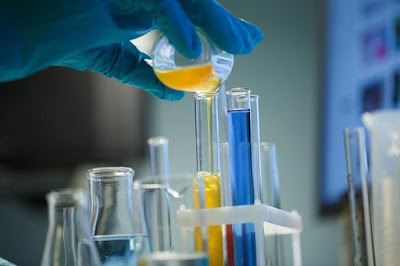Vinyl acetate monomer is used all over the world in various sectors, especially in regions such as the United States, Singapore, and Italy. Vinyl acetate monomer is a compound consisting of two carbon atoms linked together by a single bond. When these two atoms are combined, it gives rise to a new compound called Vinyl, which has the identical molecular formula as C; thus producing vinyl acetate monomer.
Apart from being used for the synthesis of polyvinyl esters, this material is also commonly used as vinyl additives and lubricants. This is the reason why, vinyl acetate monomer is widely used in the paper and printing industry, especially for textiles. In regions such as the U.S., the presence of textile industries has increased the usage of vinyl acetate monomers. For instance, according to SelectUSA Investment Summit, the U.S. textile and apparel industry is approximately a US$ 70 billion sector, when is gauged by the value of industry shipments.
In fact, vinyl acetate monomer is used widely for industrial and commercial purposes due to its excellent performance. It has excellent thermal conductivity and dielectric strength, which make it a favored choice as an intermediate used in the process of heat transfer. Another important property that makes this intermediate useful in the industry is that it has excellent thermal and chemical resistance. Thus, it helps reduce the production cost involved in the process of heat transfer.
It has been found that vinyl acetate monomer is not harmful to health. However, when it comes to cosmetics and personal care products, the risk associated with the material increases. This is mainly because of the homogenous nature of the compound, which makes it a potential health hazard. Thus, the use of this material should be restricted, except when absolutely necessary.
It is believed that vinyl acetate monomer polymerization could be linked to the development of acetic acid, a harmful substance when used undiluted. Acetic acid is believed to develop when heated and its fumes are inhaled. Researchers have noted a significant rise in acetic acid levels after polymerization of vinyl acetate monomer, which could account for its ability to convert into dangerous acetic acids when heated.





No comments:
Post a Comment